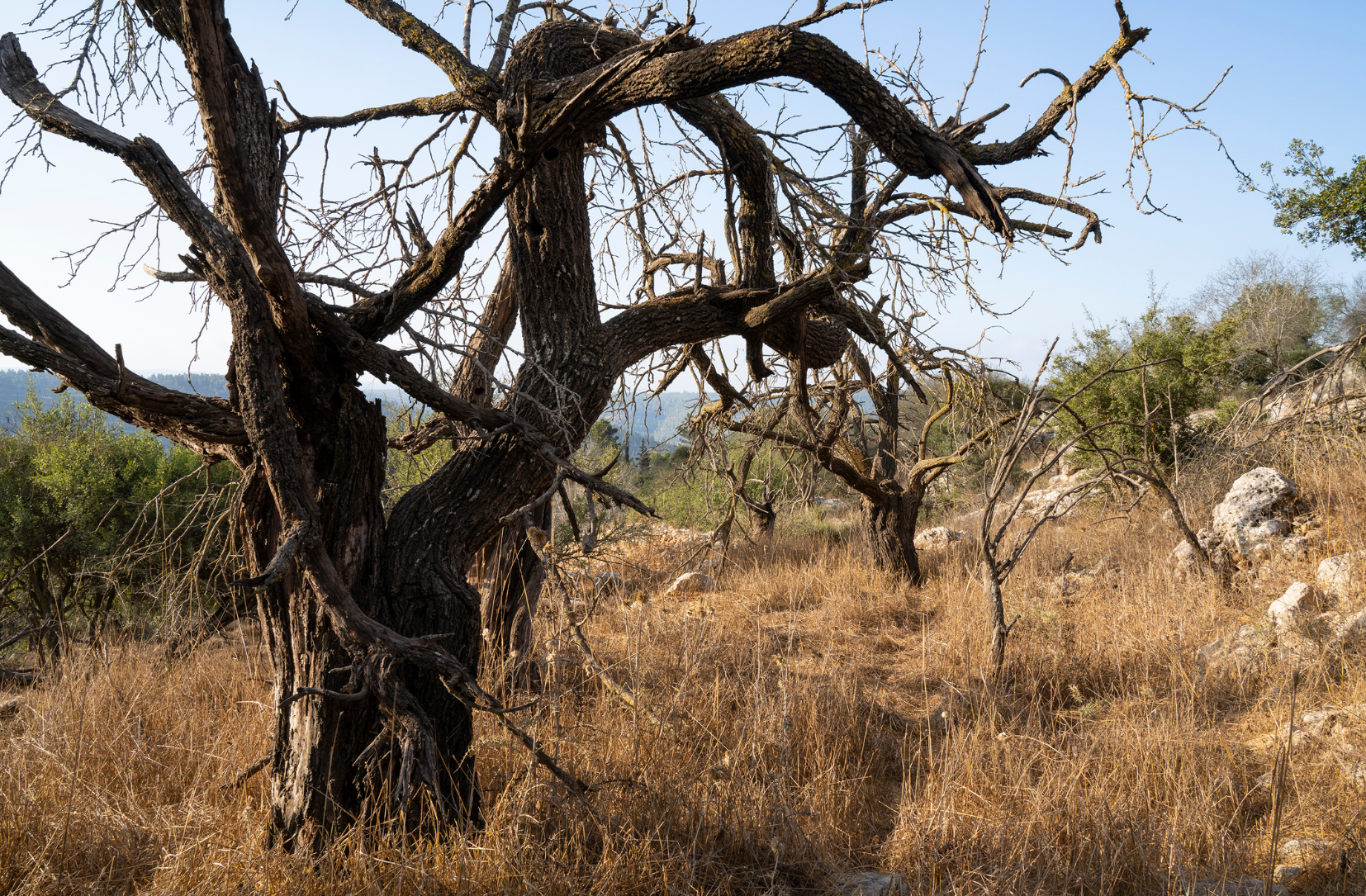August 7, 2023
By Michael Collins, Teravana
Water plays a role in everything: from the health of our bodies to the health of our planet. As a liquid, water permeates the ground quickly and reaches the many plants that need it. But think about dry brush on a hot, steamy day when rainwater hits the ground and seems to evaporate right in front of us. If the water can’t get beneath the surface, it can’t cover much ground.
A healthy and proven restoration technique is to return the land to how it once was, or at least as close as possible. Diversifying forests and planting native grasses is a way to do that. Perennial grasses like Wildrye and Needlegrass are “native” because that’s what occupied much of our country before human influence. The roots of native grasses go deep into the ground, keeping soil healthy, retaining water and preventing soil erosion. When it rains, the water table fills; trees can best do their job, releasing moisture from the ground up into the atmosphere.

One of many examples of man and nature working together is Bamberger Ranch, a 5,500-acre preserve in the Hill Country, near Austin, Texas. Today, the ranch is a model of biodiversity and a place for the community and young people to learn. David Bamberger, founded Selah, Bamberger Ranch Preserve in 1969, with the goal of restoring the ranch back to functional health. When he founded the ranch, it was inhabited largely by brush and woody cedar, a tree that occupies much of the Hill Country. The land, especially the ground, was bone dry and biodiversity was limited.
Over time, the team replaced much of the cedar with grass and spread native grass seeds. Today, there is still ample forest, but thinning and adding native grasses showed huge changes. Bird species quadrupled, including families of eagles; and deer on the land showed an increase in average weight from 55 pounds 40 years ago to 115 pounds today.
The increase in surface water was the most mind-boggling change. Because of the powers of grass and its deep roots, 11 springs came to life. Land that had been totally dried up suddenly provided water for the wildlife and all the families around Selah. The springs and consistent flow even sent water down through the rivers to the city of Austin 60 miles away.
The ground at Bamberger Ranch was not meant to be hollow; it was originally anchored by deep roots that stored water in the ground. Learning about native grasses and how they help provide water, while also benefiting trees, shows how most parts of nature have multiple talents. It is not surprising foresters are surrounding trees with perennial native grasses that don’t run as hot as non-native grasses as a way to protect trees from wildfires.
REFERENCES
Grassland Facts. California Native Grasslands Associates. References from webpage are from Stomberg MR, et. al. 2007. California Grasslands: Ecology and Management, University of California Press, unless otherwise noted. https://cnga.wildapricot.org/grasslandfacts#:~:text=Agriculture%2C%20invasion%20by%20exotic%20species,California%20native%20grasslands%20by%2099%25
“Our Story.” Selah, Bamberger Ranch. https://www.bambergerranch.org/our-story